Data Reporting
Data reporting transforms raw data into actionable insights, enabling informed decision-making.
Data Reporting Services
Advanced Analysis For Business KPIs
Advanced analysis techniques (e.g., regression, time series modeling) can uncover deeper insights from your Key Performance Indicators (KPIs).
Marketing Spend, ROAS
ROAS measures the revenue generated from advertising relative to the cost of that advertising and analyzes ROAS by channel (e.g., social media, search ads) to optimize marketing spend.
Real Time Data Reporting
Real-time reporting provides up-to-the-minute insights and tools like Google Data Studio or custom dashboards can display real-time data.
Powerful Dashboards
Dashboards consolidate data into visual outlines (charts, graphs), customize dashboards to track specific KPIs, compare metrics, and monitor trends.
Funnel Visualization
Funnel analysis visualizes user journeys (e.g., from landing page to conversion) identifies drop-off points, and optimizes the funnel for better conversion rates.
Why Your Business Needs Data Reporting Services
Data reporting provides businesses with accurate and actionable insights, enabling leaders to make informed, data-backed decisions. By relying on real metrics instead of assumptions, companies can optimize strategies, allocate resources more efficiently, and drive better outcomes.
Data reporting tools offer real-time access to key metrics and performance indicators. This allows businesses to respond quickly to changing conditions, monitor live campaign performance, and make necessary adjustments to stay competitive.
By regularly monitoring data reports, businesses can identify areas of improvement across operations, marketing, sales, and customer service. These insights enable continuous optimization, helping to boost overall business performance and efficiency.
Data reporting allows businesses to uncover trends and patterns in customer behavior, market dynamics, and internal processes. Recognizing these patterns early helps in forecasting, strategic planning, and staying ahead of industry shifts.
Data reporting helps in identifying potential risks by tracking anomalies, deviations, and inefficiencies in real-time. By monitoring key risk indicators, businesses can proactively manage threats and mitigate potential issues before they escalate.
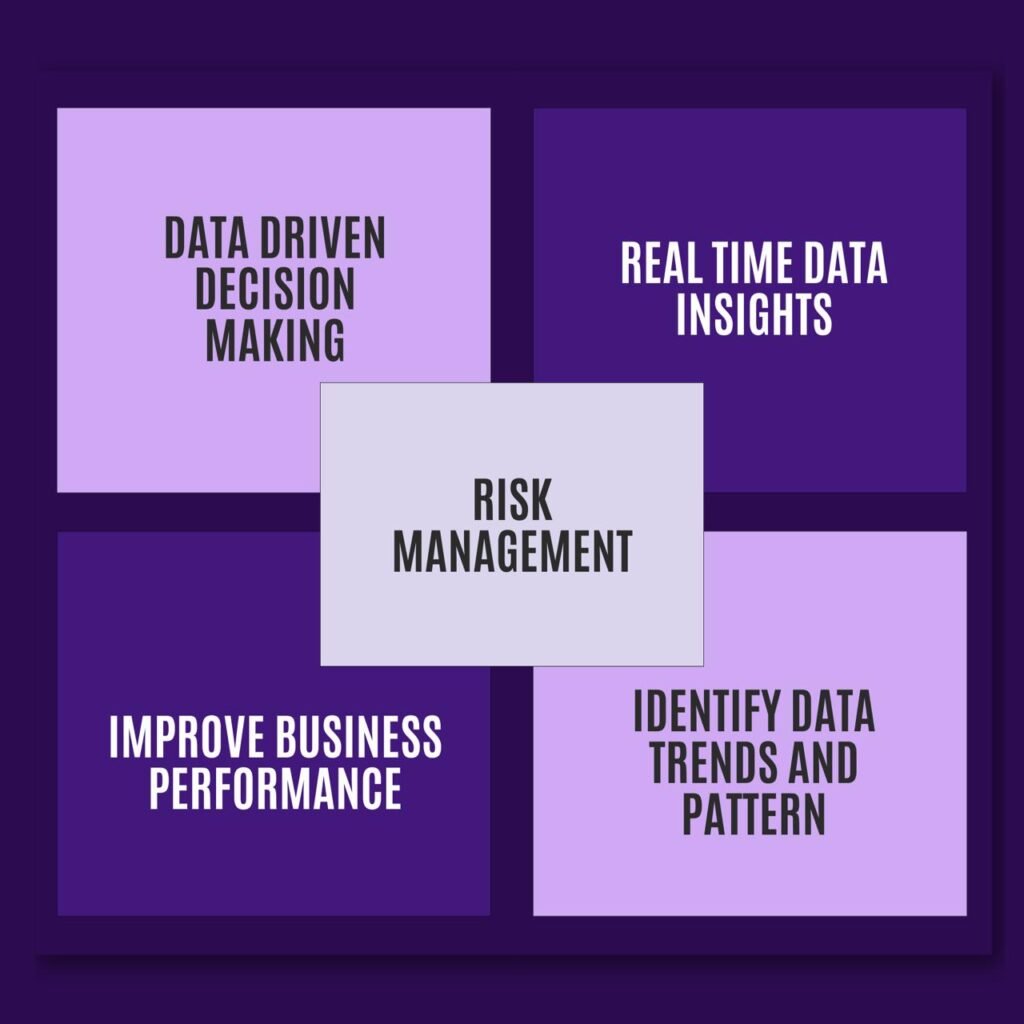
Related Blogs

3 Marketing KPIs for CFO Actually Cares About
Discover the top 3 Marketing KPIs for CFO that prove real ROI. Go beyond vanity

What vs. Why: Unlocking Actionable User Insights
Unlocking Actionable User Insights with the What vs. Why framework. Learn to combine data and
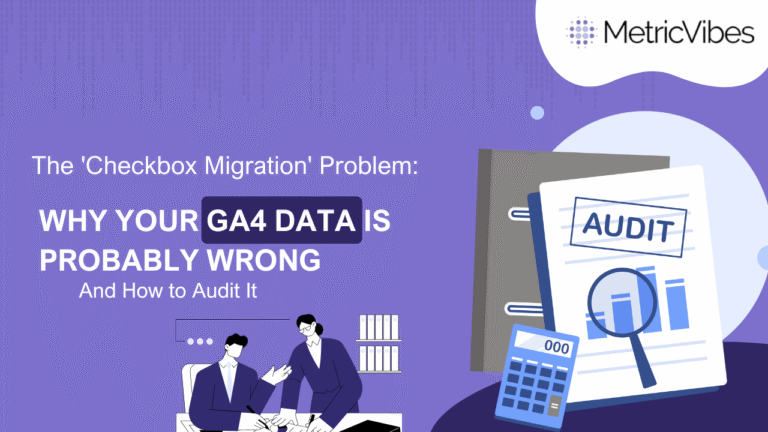
GA4 Migration Data Accuracy Audit: Fix Errors Tracking
Run a GA4 migration data accuracy audit to fix errors, validate events, and ensure reliable
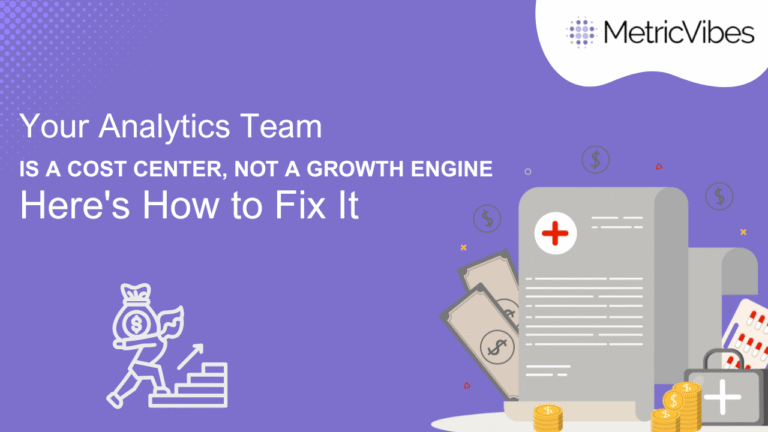
Your Analytics Team Is a Cost Center, Not a Growth Engine. Here’s How to Fix It
Stop letting your analytics team is a cost center. This post reveals the leadership principle
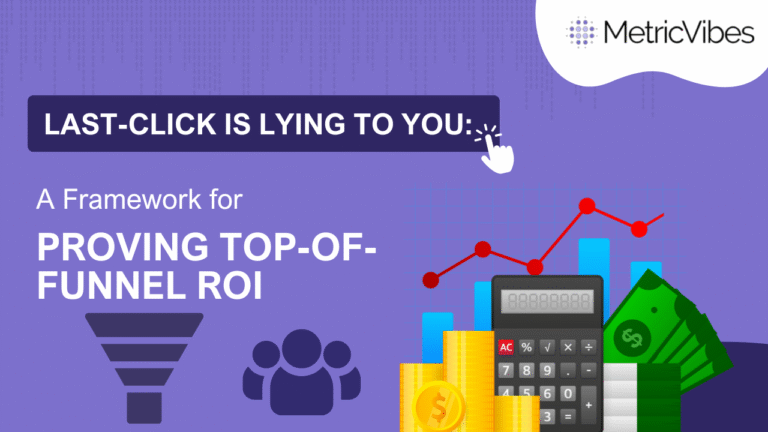
Prove Top-of-Funnel ROI Beyond Last Click Attribution
Last-click attribution is lying to you. (roi beyond last click) Discover a framework for proving
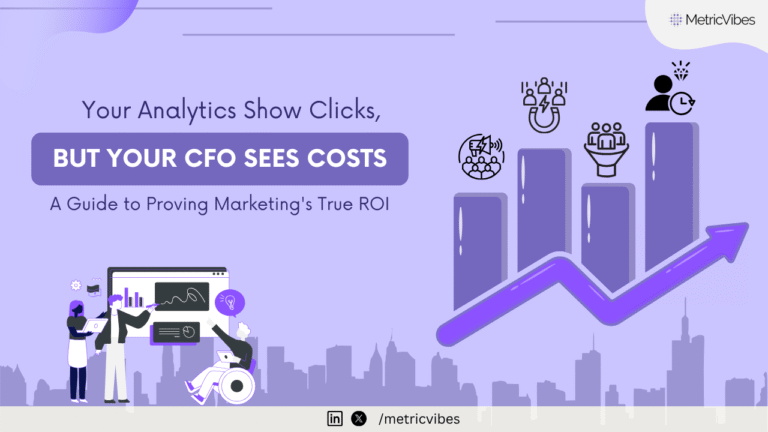
Your Analytics Show Clicks, But Your CFO Sees Costs: A Guide to Proving Marketing’s ROI
Move beyond clicks and impressions. Learn how the Value Staircase Framework connects marketing efforts to
Frequently Asked Questions
Data reporting involves transforming raw data into structured formats that highlight key information, trends, and metrics. It includes gathering, sorting, and analyzing data to create actionable insights.
Data reports inform decision-making, track performance, and ensure regulatory compliance. Key Performance Indicators (KPIs) are monitored through reports. Effective communication with stakeholders relies on accurate data reporting.
Administrative: Policies, procedures, and guidelines.
Physical: Securing devices and hardware.
Technical: Protecting software applications and their contents

